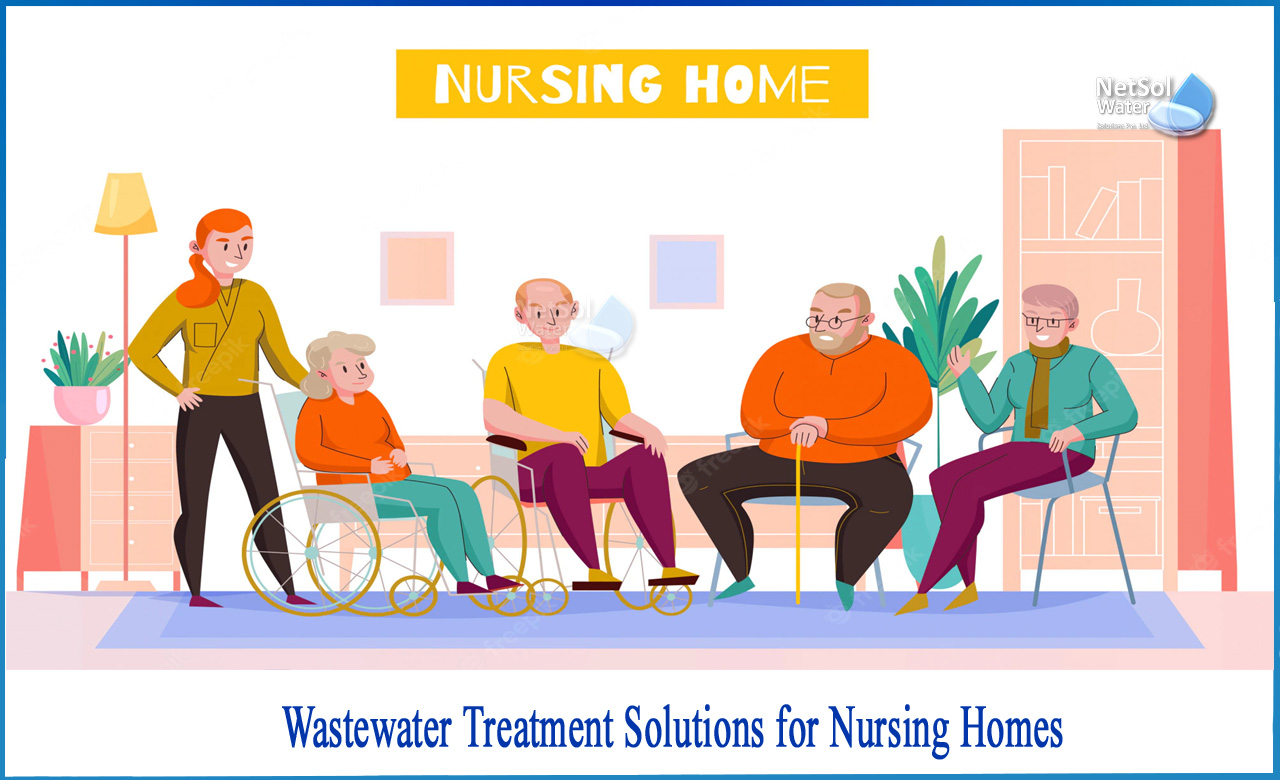How to Make Wastewater Treatment Solutions for Nursing Homes?
Nursing homes and care facilities generate enormous amounts of sewage as a result of patient care and staff operations. Many nursing homes and care facilities are located outside of cities and are not connected to the municipal sewer system. Off-mains drainage solutions, septic tanks, and sewage treatment facilities must be used to treat their effluent on-site.
Care homes produce far more wastewater per person than other types of facilities.
Classification of Nursing Homes
These are largely responsible for the management of healthcare wastes created within the facilities, as well as actions carried out by them in the community.
While generating trash, health care institutions are also accountable for separation, collection, internal transportation, waste pre-treatment, and waste storage prior to being collected by the Common Bio-medical Waste Treatment Facility Operator. As a result, for proper waste management in healthcare facilities, it is necessary to comprehend and practise the technical needs of waste management.
The following are the types of waste generated by a healthcare facility:
1: Biological Medical Waste- Any waste formed during the diagnosis, treatment, or immunisation of humans or animals, or related research activities, or in the manufacturing or testing of biological or in health camps is referred to as bio-medical waste.
2: General Garbage- General Waste encompasses all waste that has not come into touch with any dangerous or infectious, chemical or biological fluids, as well as waste sharps.
3: Waste from Other Sources- Used electronic wastes, used batteries, and radioactive wastes are examples of other wastes that are not covered by biological wastes but must be disposed of as and when they are generated.
Composition of wastewater in Nursing Homes
The composition of wastewater in nursing homes differs from that of regular wastewater.
The COD can be twice as high as typical sewage due to the increased usage of cleaning agents and disinfectants for cleaning. In addition, most nursing home residents are on medication. This drug leaves traces in the body, which are later excreted in the wastewater. Many of these antibiotic trace pollutants can affect biological wastewater treatment systems. If the concentrations of all contaminants in nursing care’s wastewater are not properly considered, treatment systems may fail to meet the required design effluent limits.
Challenges faced by Nursing care facilities
Due to varying patient and visitor rates, healthcare facilities create high-strength sewage and wastewater and are prone to variable flows and loads. Due to the big amount of laundry, expect high loadings.Each sewage treatment plant is tailored to specific needs and situations when main drainage is not accessible.
Conclusion
The BOD, COD, and Ammonia limitations in nursing care facilities is difficult to meet. If your wastewater treatment systemsdo not satisfy the limits set forth in your trade effluent discharge licence, the only option is to upgrade it.
What can Netsol Water offer you?
Netsol Water has vast expertise in designing wastewater treatment solutions for hospitals and nursing homes. With our solutions, we provide process guarantees. This ensures that your wastewater discharge is fully compliant with your licence. We also provide tertiary treatment options for BOD, COD, and ammonia removal. These can be added to an existing sewage treatment plant or septic tank in a nursing home.
Netsol Water is Greater Noida-based leading water & wastewater treatment plant manufacturer. We are industry's most demanding company based on client review and work quality. We are known as best commercial RO plant manufacturers, industrial RO plant manufacturer, sewage treatment plant manufacturer, Water Softener Plant Manufacturers and effluent treatment plant manufacturers. Apart from this 24x7 customer support is our USP. Call on +91-9650608473, or write us at enquiry@netsolwater.com for any support, inquiry or product-purchase related query.



